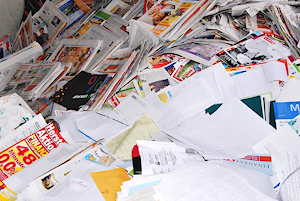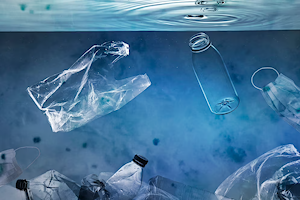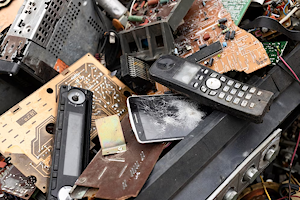What are companies' environmental impact related to Product End-of-Life Waste?

End-of-life waste is the waste generated when a product reaches the end of its useful life. Consumers often bear the responsibility of discarding this waste. However, companies hold great responsibility for their products’ end-of-life waste impact, as they manufactured and/or sold them.
Different types of waste, like plastics, e-waste, and textiles, have different impacts on the environment. For instance, e-waste and plastics can release toxic chemicals into the environment, ultimately leaching into underground water sources. Being one of the most complex waste streams, currently, only 17% of the 53.6 million tonnes of e-waste gets collected or recycled.
On the other hand, when washed, textile waste releases microplastics in waterways, where they get ingested by marine animals and enter global food webs. Recent calculations conclude textiles release 35% of all primary microplastics in waterways, making it the single most polluting source of microplastic pollution. When textiles are finally thrown away, they can take over 200 years to decompose in landfills, leaching chemicals into the soil and releasing greenhouse gases.




